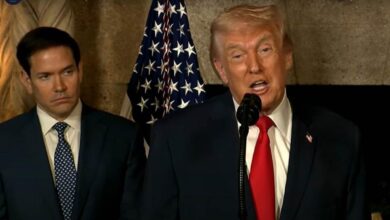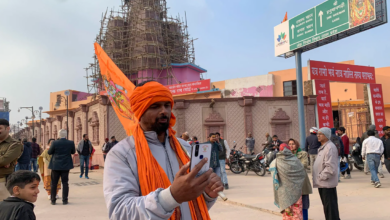The Republic of India has been positioning itself as the next great world superpower. Its geographical position, its number of inhabitants and its nuclear power make it a country to keep an eye on .

Photo: Unsplash
LatinAmerican Post | David García Pedraza
Listen to this article
Leer en español: La India: ¿La siguiente superpotencia mundial?
More than three million square kilometers enclose India, a nation that currently occupies an important position in international rankings in military defense, population, science and technology, innovation, and entertainment, among others. A relatively young nation since 1947, when it became independent from the United Kingdom, with exceptional multiculturalism of languages, religions, and alphabets; its magnitude is so great that it even has more than 70% of the territory of a homonymous subcontinent.
More than 1,390 million people live in this republic, which for the second time in its history has a female head of state, according to the presidential elections held on July 18, she is Draupadi Murmu, a militant politician of the Indian People's Party and also belonging to the Santal Tribe, which makes her the first president of India to belong to one of these tribal communities. It should be noted that these elections are held in the chambers of the Indian parliament, where Murmu obtained 2,842 votes out of a possible 4,754. Murmu will govern alongside the powerful Prime Minister Narendra Modi.
Read also: The Winner of the War in Ukraine Will Be Neither Russia Nor the West, but China
The challenges for Murmu and India in general
One of the main challenges that India faces is related to overpopulation, being just a few months away, from becoming the most populous country in the world between 2022-2023; and surpassing China, which had remained the most populous nation for a long time. The overpopulation is due, according to the Infinite Geography humanities portal, to the fact that in India marriage is considered almost an obligation, for which, reproduction within it is carried out at a young age, taking 18 years as the legal age, in addition to the disuse of contraceptives and poor monitoring of birth control.
Unemployment, growing illiteracy, and the scarcity of resources (economic and environmental) are the main problems that overpopulation entails, so much so that each situation is due to a previous deficiency. A person who does not know how to read or write will not be able to access a job bank, which will increase poverty levels, a problem that in turn increases costs for the Indian government, which prevents it from allocating resources to education and social protection.
The space of India and its place in the world
The Rupee gradually gains strength in the valued markets of Asia, like the Yuan (China), the Yen (Japan), and the Won (South Korea), and the Indian currency begins to gain space. India has the third largest GDP in the world (after China and the United States) which reaches 11,745 million dollars, according to estimates by the International Monetary Fund for 2022.
This success of India is not only due to its trade in goods and services that, by the end of 2020 according to the TradeMap statistics portal, was ranked 13th worldwide with 530.7 million dollars. India's exports also reached 323.2 million dollars concentrated in agriculture and livestock (cereals, fruits, vegetables) being the world's largest producer of bananas, chickpeas, lemon, cotton and papaya.
Another of the sectors in which it stands out is mining, being the second largest producer of aluminum worldwide, and occupying the first place in the production of iron, chrome, bauxite, and zinc, according to the United States Geological Survey for 2021.
Living with a giant next door
The Duality between India and China has remained over time, from confronting each other in the first places from population statistics to economic indicators, and even both being part of the BRICS, these two nations have a constant rivalry.
While India has a GDP of 11,745 million dollars, China almost triples it, reaching 30,177 million dollars. China is a country governed by strict laws since Beijing, economic openness has been impressive in the new millennium, while India, considered the largest democracy in the world, has a more social approach despite the fact that poverty and illiteracy figures are on the rise .
Multiculturalism as a handicap
India, being recognized as a nation full of great cultures, religions, languages and creeds, is also the center of misunderstandings among its own inhabitants and neighbors. An example is religious diversity where Hindus, representing a vast majority with almost 80% of the population, reinforce conflicts in prominent areas, one of them in dispute for several decades.
The Region of Jammu and Kashmir has been since 1947 the bone of contention between Pakistan, India, and China, especially between the first two, and has as a background the religious dispute of the place, since Kashmir has been largely Muslim and the population she feels more identified with being part of an Islamic republic like Pakistan.
This situation is not over, and there are constant altercations, the last of relevance is the launch of a missile by mistake from India to Pakistan in March 2022. However, this conflict, despite having repercussions in Central Asia, does not attract much attention in the West, which is why it is not taken into account for political moves by great allies in NATO or to enlist in urgent issues. in the United Nations Security Council.




